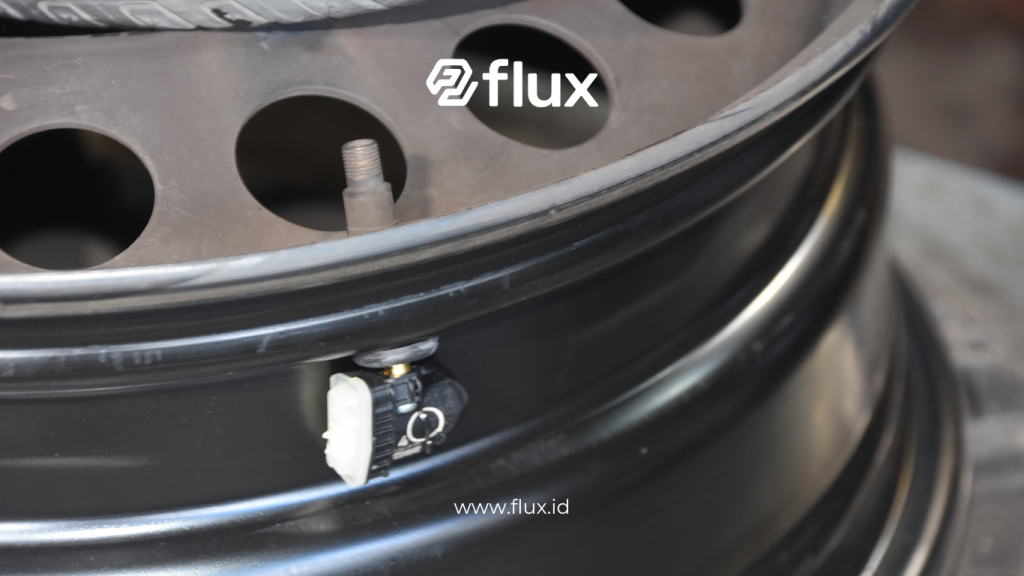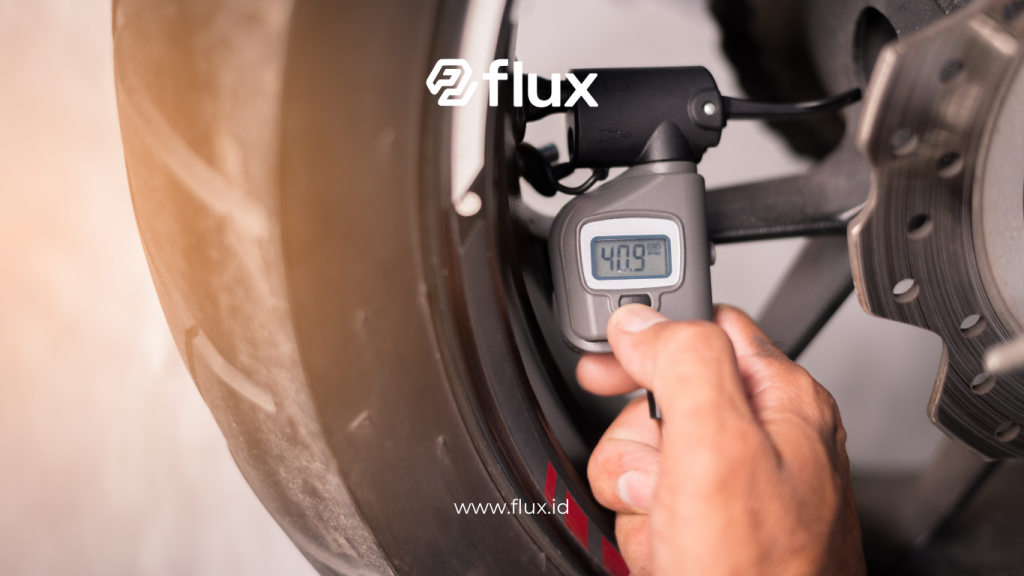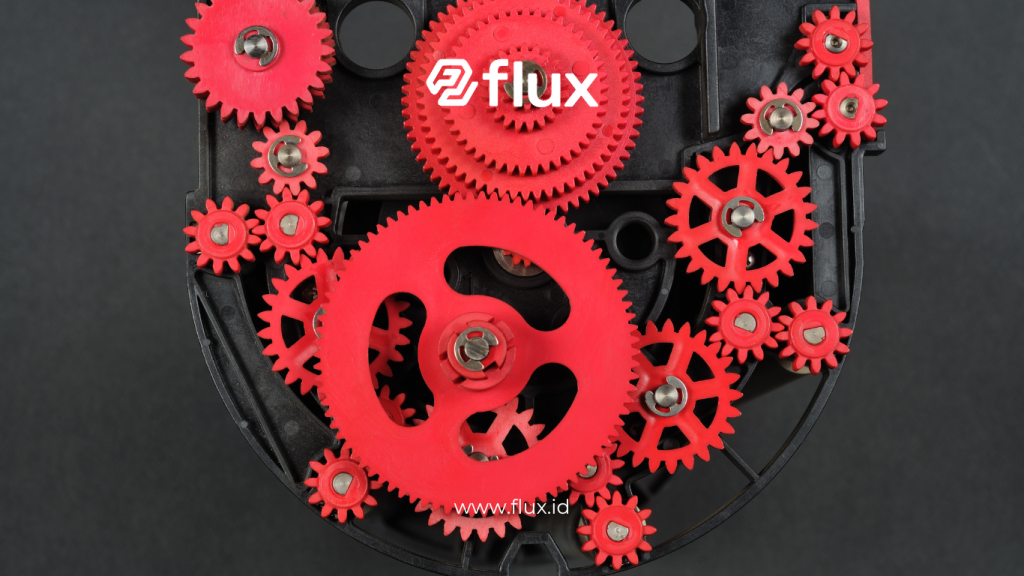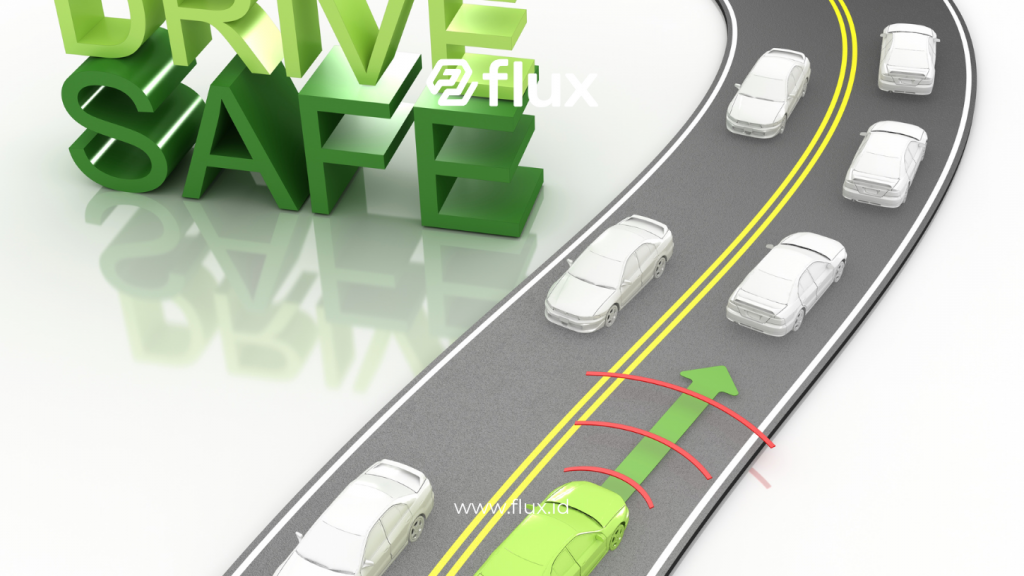Don't miss our holiday offer - 20% OFF!
Maintaining proper tire pressure is essential for both driving safety and fuel efficiency. The Tire Pressure Monitoring Sensor (TPMS) provides an advanced solution to help you keep your vehicle’s tires at the optimal pressure levels. In this article, we’ll explore the basic principles, explain how TPMS functions, and highlight the benefits it offers for your vehicle.
Contents
What is a Tire Pressure Monitoring Sensor (TPMS)?

A Tire Pressure Monitoring Sensor (TPMS) is an electronic system that monitors the air pressure in your vehicle’s tires in real time. By using this system, drivers receive timely alerts when tire pressure drops below the recommended level. Consequently, this helps prevent safety risks and enhances vehicle performance.
Types of TPMS

There are primarily two types of TPMS commonly installed in vehicles today:
1. Direct TPMS
Direct TPMS employs sensors attached to each of the vehicle’s wheels. These sensors measure the air pressure inside the tires and transmit the data directly to the vehicle’s control unit. As soon as the tire pressure drops below a safe threshold, the system alerts the driver through the dashboard.
2. Indirect TPMS
Indirect TPMS, on the other hand, does not rely on physical sensors inside the tires. Instead, it uses sensors from the braking or ABS system to monitor the rotational speed of the wheels. If one wheel spins more slowly than others, the system detects the difference and flags it as a potential tire pressure issue.
How TPMS Works

Direct TPMS
- Sensors: Each tire contains a sensor that measures air pressure in real time. Typically, these sensors are located on the tire valve or embedded within the tire wall.
- Data Transmission: The sensors continuously send tire pressure data to the vehicle’s control unit via radio signals.
- Data Processing: Once the control unit receives the data, it analyzes it to check whether the pressure is below the safe limit. If so, the system immediately triggers a warning light on the dashboard.
- Alert: The driver receives an alert through the warning light on the dashboard, signaling that one or more tires need attention.
Indirect TPMS
- Monitoring Wheel Speed: This system tracks the rotational speed of each wheel using sensors from the braking or ABS system.
- Analysis: When one of the wheels spins more slowly than the others, the system interprets this as a sign of reduced tire pressure.
- Alert: The system then sends a notification to the driver, signaling that one of the tires may have a significant pressure drop.
Benefits of TPMS

Read More: Vehicle Security: Optimal Control System
TPMS provides several important advantages that benefit both safety and driving efficiency. Here are some of the key benefits:
- Improved Safety: TPMS helps drivers prevent accidents caused by under-inflated tires, such as tire blowouts or loss of vehicle control.
- Enhanced Fuel Efficiency: Properly inflated tires reduce fuel consumption, thus improving overall fuel efficiency.
- Increased Comfort: With TPMS constantly monitoring tire pressure, drivers can feel more confident and enjoy a smoother, more comfortable ride.
- Extended Tire Life: By maintaining the correct pressure, TPMS can significantly extend the lifespan of your tires, saving you money in the long run.
How to Maintain Your TPMS
To ensure the TPMS continues to function correctly, you must take certain maintenance steps. Here are a few key practices to keep in mind:
- Check Sensors Regularly: It’s important to inspect your TPMS sensors for damage. If the warning light appears unexpectedly, check the sensors and system for potential issues.
- Calibrate the System: Some vehicles require TPMS calibration after tire rotation or pressure changes. Always refer to your vehicle’s manual for proper calibration instructions.
- Manual Tire Pressure Checks: Even though TPMS monitors tire pressure automatically, it’s still a good idea to manually check your tire pressure from time to time, especially before long trips.
Conclusion
The Tire Pressure Monitoring Sensor (TPMS) plays a vital role in ensuring your vehicle remains safe and efficient. Understanding how this system works and regularly maintaining it will allow you to maximize its benefits. Therefore, make sure you periodically inspect your TPMS and tire pressure for a safe and smooth driving experience.





